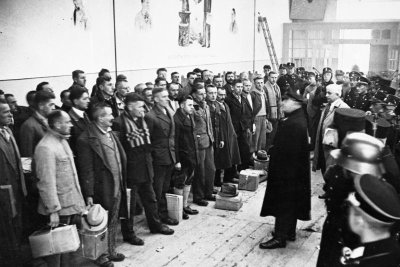Topic: Wilhelm Roentgen
Wilhelm Conrad Röntgen (27 March 1845 – 10 February 1923) was a German physicist, who, on 8 November 1895, produced and detected electromagnetic radiation in a wavelength range today known as x-rays or Röntgen rays, an achievement that earned him the first Nobel Prize in Physics in 1901.:1
Following transliteration conventions for characters accented by an umlaut, "Röntgen" in English is spelled "Roentgen", and that is the usual rendering found in English-language scientific and medical references.
Röntgen was born in Lennep (which is today a borough of Remscheid) in Rhenish Prussia as the only child of a merchant and manufacturer of cloth. His mother was Charlotte Constanze Frowein of Amsterdam. In March 1848, the family moved to Apeldoorn and Wilhelm was raised in the Netherlands. He received his early education at the Institute of Martinus Herman van Doorn, a private school in Apeldoorn. From 1861 to 1863, he attended the Utrecht Technical School. He was expelled for refusing to reveal the identity of a classmate guilty of drawing an unflattering portrait of one of the school's teachers. Not only was he expelled, he could not subsequently be admitted into any other Dutch or German gymnasium.
It uses material from the Wikipedia article "Wilhelm Roentgen."





